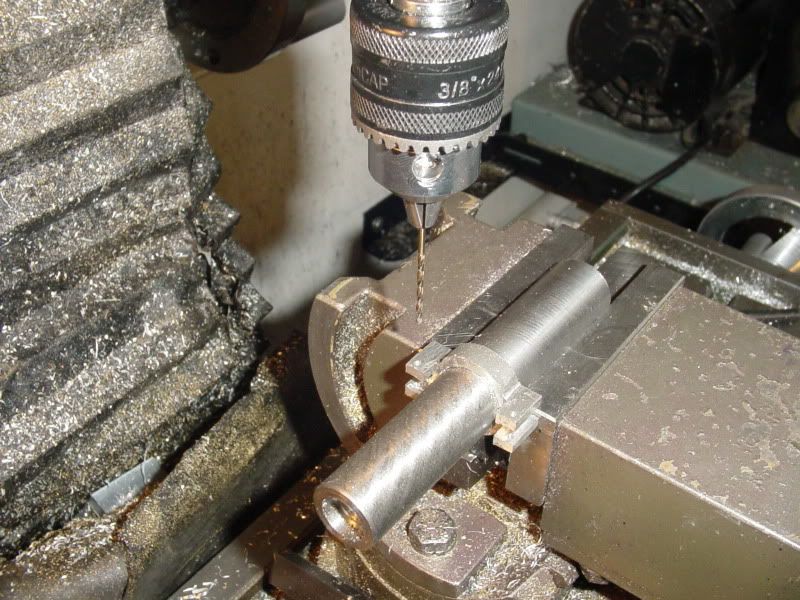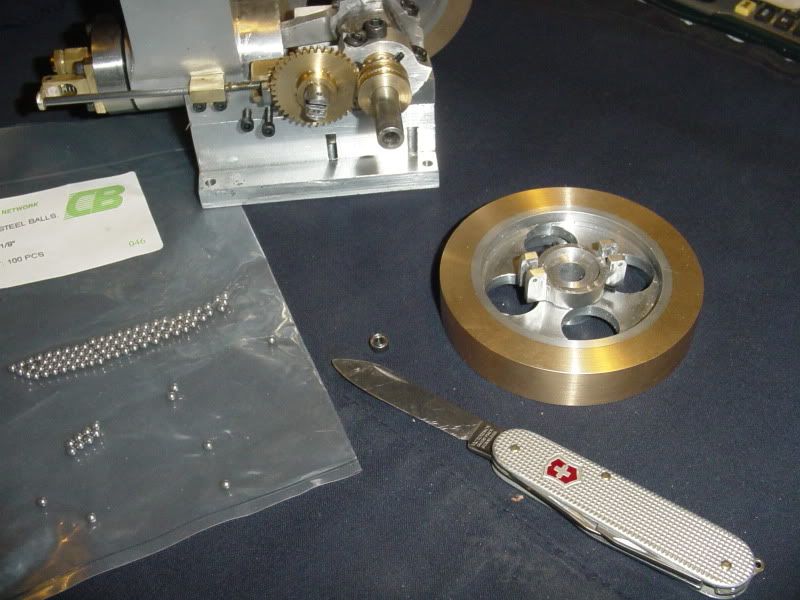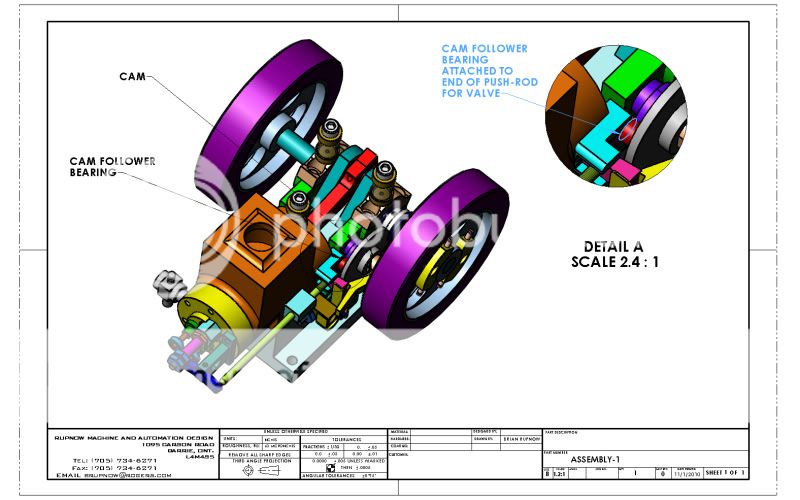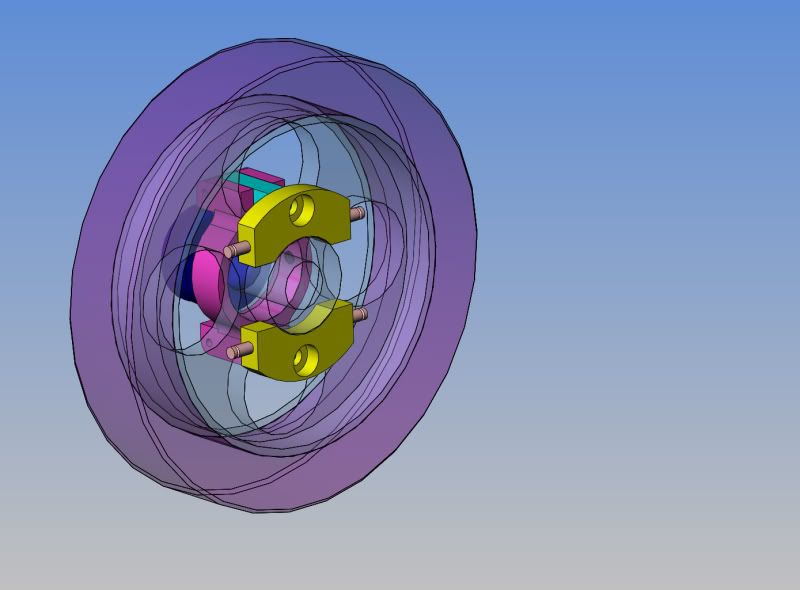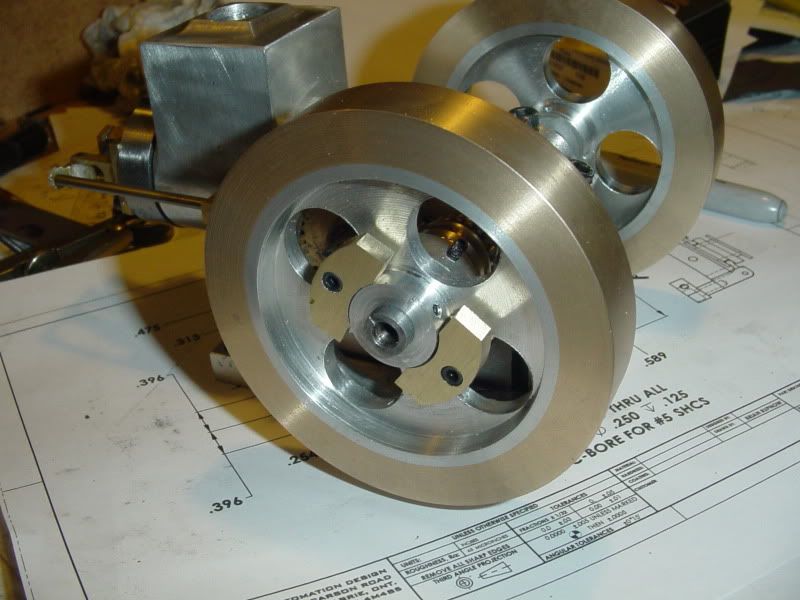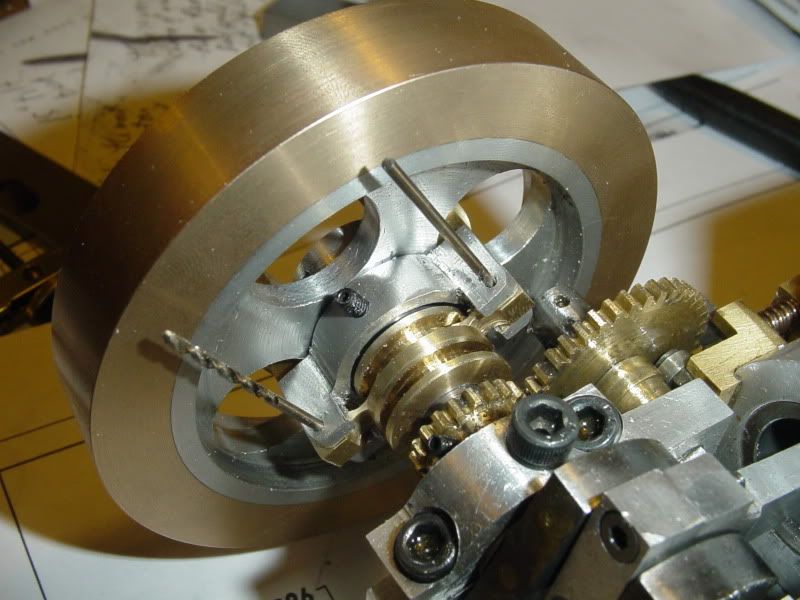Todays efforts produced the cam and the spool which the arms on the governor weights and the "miss lever" ride in. The pushrod can be adjusted---This doesn't change the lift of the cam, but what you want to achieve is a few thou clearance between the end of the pushrod and the rocker arm when the valve is closed---just to be sure its closing on the valve seat and not being held partially open by the pushrod riding on the non-lobe part of the cam. If I want to adjust the cam for less lift, will simply sandpaper a little bit off the high point of the lobe.
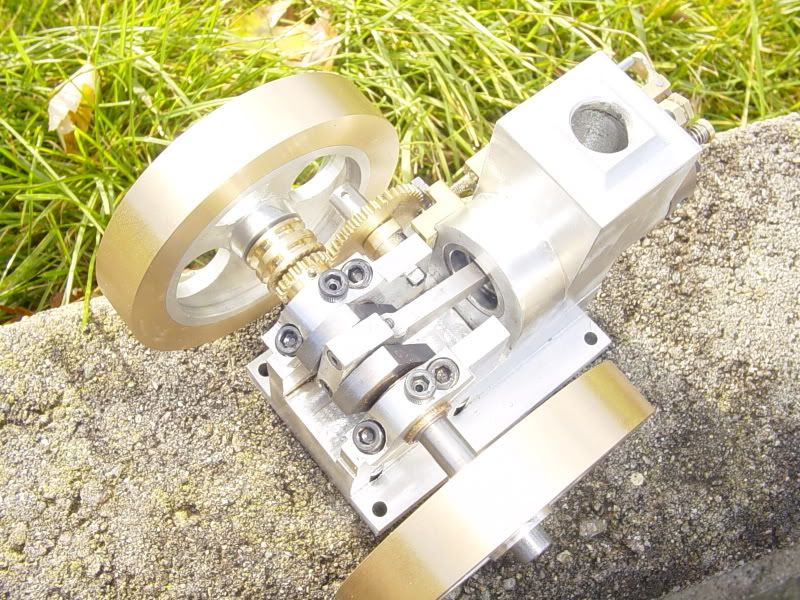








![DreamPlan Home Design and Landscaping Software Free for Windows [PC Download]](https://m.media-amazon.com/images/I/51kvZH2dVLL._SL500_.jpg)
















































![MeshMagic 3D Free 3D Modeling Software [Download]](https://m.media-amazon.com/images/I/B1U+p8ewjGS._SL500_.png)






